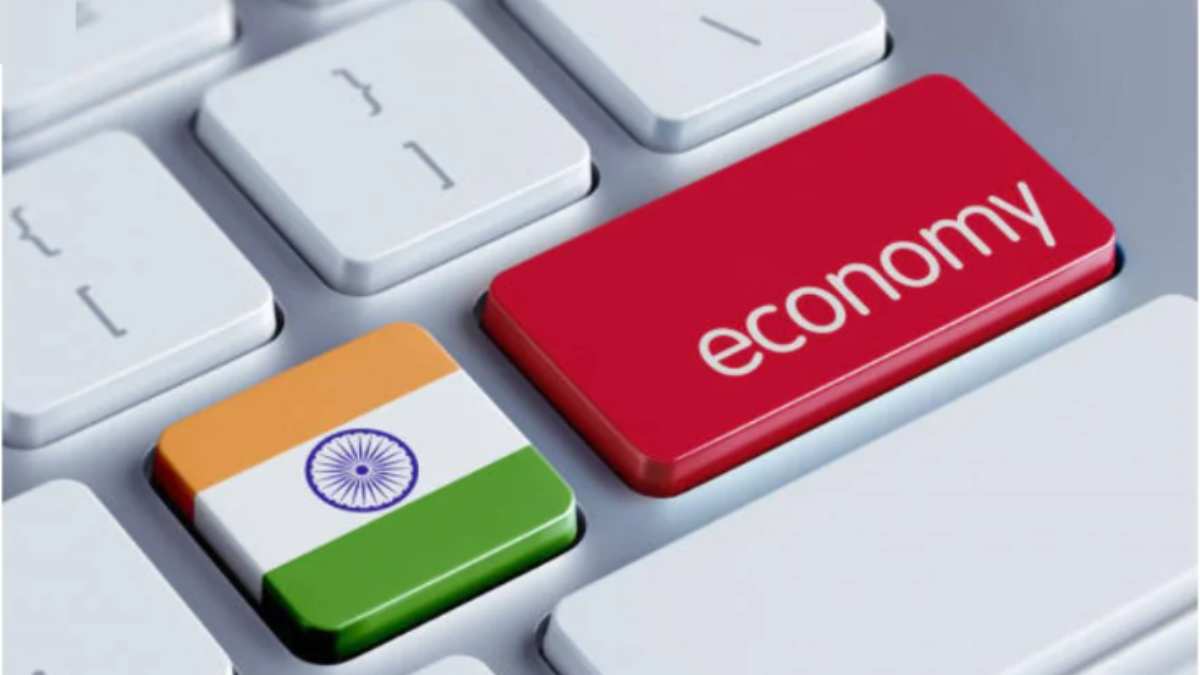
The global economy in the recent past was hit with two major shocks—the Covid-19 pandemic followed by the Russia-Ukraine war. Research across a wide range of natural and man-made disasters, including hurricanes, floods, and economic downturns, repeatedly demonstrate the greater health burden that falls on those in disadvantaged social and geographic locations when large-scale calamities occur (Waters, klinenber,2015; Paxon, 2012). However, less well understood are the cross-cutting short and longterm impacts of such events on the economic well-being and life chances of individuals across socio-demographic households. The economic downturn adversely impacting the lower socio-economic stratum (SES) during the Covid-19 pandemic was evident.
The distressing media visuals of migrant labourers going to their native places from the cities on foot during the lockdown has been critically debated. Remittance of money to the home country, which many migrant Indian workers popularly do, is another way of poverty reduction, economic development and increase in GDP. The disruption caused by Covid-19 has had a significant impact on these remittance flows. Importantly, remittances are projected to fall by about 23% in 2020 in striking contrast to a growth of 5.5% in 2019. The RussiaUkraine crisis further led to the spike in inflation across the globe, adversely impacting the purchasing power of the consumers. We conducted a survey to identify the socio-demographic inequalities in employment and economic anxiety due to Covid-19, assessing outcomes before and during the pandemic.
We did this with data from a representative sample of residents in five districts of Maharashtra, i.e., Nashik, Kolhapur, Solapur and Nanded. Our analytical sample was based on 210 respondents. The information was collected through a structured questionnaire designed to identify the distress faced by farmers across varied segment of households from different economic strata. To validate and analyse the information meaningfully, several online discussion and meetings with the rural households, farmers etc., were conducted by our researchers. A team was also appointed to connect with the farmers to get an on-ground experiences of the situation in the villages identified. What the findings from the districts of Maharashtra reveal, with important but minor nuances, is the same story observed during and following Hurricane Katrina (Waters, 2010; Paxson, 2012), the Chicago Heatwave (Klinenberg, 2015), the Buffalo Creek Flood (Erikson, 1976), and, most recently, the Great Recession (Burgaurd et.al, 2015, Rugh et.al, 2010; Grusky et.al, 2010; Redbird et.al, 2016 ). Those in socially and economically marginalized groups and communities are more vulnerable to the impact of a disaster than their advantaged counterparts, and the damage extends beyond that expected by the nature of the crisis (Bullard et.al, 2016).
Examined through a sociological lens, the Covid-19 pandemic exposes patterns of marginality that leave some individuals and families existing in a state of permanent emergency—continually exposed to hardship, unable to protect themselves in crisis, and less resilient to major setbacks. Similar pattern of hardship was also demonstrated post the Russia -Ukraine crisis. Farm input inflation was its highest at ~30%, the highest in last 10 years. It was only a section of farmers who benefitted from the global demand of wheat export market and rising crop prices. A large section of the population was burdened with exorbitant price levels, and depressed job markets. Government support during the crises period was well balanced and a significant push was given to ensure food security through programs like Pradhan Mantri Garib Kalyan Yojana, employment programs, like MGNREGA etc. However, as the economy is gradually turning to recovery phase, there was a need to reprioritize rural expenditure. Allocation in budget 2023-24 for agriculture and rural development is down by about 12% YoY. This reduction has come from a steep drop in allocation under MGNREGA.
Nevertheless, the concern remains whether the economy is completely out of the economic shocks. In 2022-23 till January, about 80 lakh households that had demanded work, did not receive employment under MGNREGA, despite supplementary fund of Rs 10,391 crore added to the budget amount. About 32% of the demand for employment so far in FY23 was unmet. Documenting similarities across disasters is critical. If unique disasters have similar effects, then recovery of marginalised and vulnerable section will take longer time to be back to pre-Covid level than its advantaged counterpart. The government measures to support this marginalised section should go beyond food security and daily allowances. Investing in reducing wealth inequality requires improvement in economic mobility, mental and physical health, and quality and expanded educational opportunities and government training programmes. Dr Minakshi Chakraborty is a senior economist in Mahindra and Mahindra. Sanjiti Saha is a student of grade-12, IBDP (International Baccalaureate Diploma Program), Jamnabai Narsee International School, Juhu, Mumbai. Views expressed in the article are the authors’ own.















